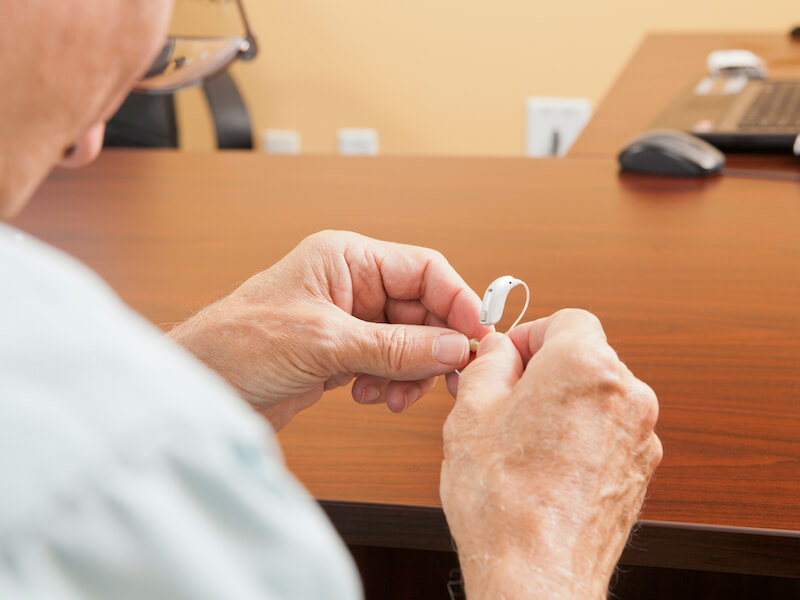
You go above and beyond to make sure your hearing aids are well cared for. When you go to sleep, you always put them snuggly on the charger and you clean them daily.
But you get pretty distressed when your hearing aids abruptly stop working the way they used to. Fortunately, there are some steps you can take to troubleshoot the problem. Just remember: your main job is to refrain from damaging your hearing aid further (or you may need to replace them).
Troubleshooting your hearing aid
You kept the owner’s manual that came with your beautiful new hearing aids, right? Hopefully, you did so that you can consult with your owner’s manual to do maintenance and troubleshooting. Every model of hearing aid can be somewhat different so it’s essential to follow the manual’s recommendations.
Here are some things you can check on most models:
- Wax accumulation: Make sure there’s no wax on your hearing aid by giving it a visual check. Wax can accumulate quickly even if you clean your hearing aids regularly so make it a point to double check.
- Keep your microphone clear: Check your hearing aid to find out if anything is blocking the microphone. Your hearing aid might feedback or merely fail to work if the microphone is obstructed.
- Look for visible damage: Do you observe any visible cracks or loose components around the shell of your hearing aid? If you find cracks, it could indicate that moisture is getting in and there might be more extensive damage.
- Check your battery: You’ll still want to assess the battery power even if you had your hearing aids charging at night. If your hearing aid has replaceable batteries, it might not be a bad plan to check if those batteries are inserted properly or if a new one resolves the issue.
Once again you can find out how to deal with each of these issues by referring to your owner’s manual. In some cases, you may be able to perform maintenance yourself.
How can I tell when my hearing aid needs repair?
If your hearing aid continues to malfunction after you have performed basic upkeep and troubleshooting, it’s likely that your hearing aid will have to be professionally repaired. You need your hearing aids for almost every facet of your life so this may not sound very appealing.
It’s certainly worth taking note that “repair” doesn’t always translate into “send your hearing aids in for service and wait several weeks”. In some instances, we can fix your hearing aid in office while you wait.
Or, you’ll be able to bring your hearing aids in for professional help and have them back in a matter of a few hours (this, obviously, depends on the degree of the damage, all the more reason to bring your devices in for repair as soon as you can).
But quick repair will not be possible in every case. A backup set of hearing aids may be necessary in these situations. Maybe you have an old pair that will do temporarily in a pinch. We might even be able to let you borrow a pair while you are waiting.
Get assistance with your hearing aids right away
If the sound quality is beginning to fail, it’s essential to get your hearing aids checked and repaired.
You’ll want to avoid any downtime. Untreated hearing loss can affect your overall health, and that includes your mental health. And it becomes all too easy to leave your hearing aids sitting in a drawer somewhere while your hearing continues to deteriorate.
The optimum way to keep your hearing working properly is to keep those hearing aids working. Keeping them charged, clean, and when necessary, professionally repaired is the best way to do that.
[blogcta]
